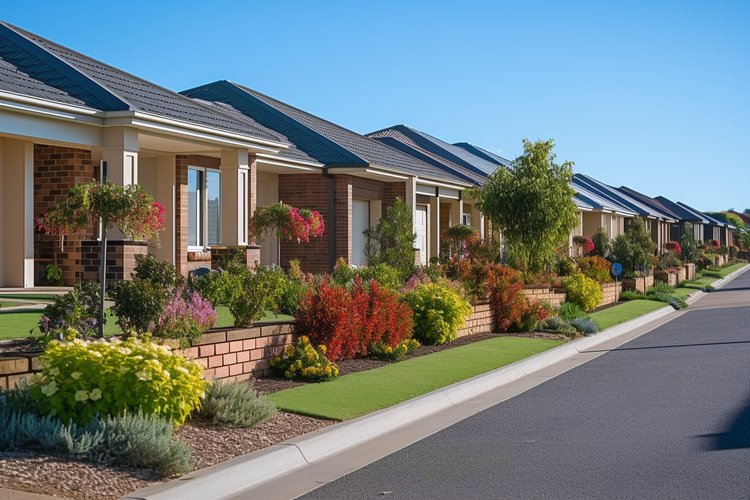Unleashing the Potential of Telecommunication Towers for a Connected Future
Introduction: As the world becomes more interconnected, the role of telecommunication towers in providing seamless connectivity becomes increasingly significant. Imagine a world where connectivity disruptions are a thing of the past, and high-speed internet is accessible in every corner of the globe. This article delves into the evolution of telecommunication towers, current trends in the industry, and their impact on our connected world.
The Evolution of Telecommunication Towers
The origin of telecommunication towers dates back to the 19th century with the advent of the telegraph system. These towers were initially used to support wired communication lines. With the invention of the telephone, the role of these towers expanded, and they became integral to the telecommunication infrastructure. The introduction of mobile communication in the 20th century marked a significant milestone in the evolution of telecommunication towers. Today, these towers are essential for the transmission of mobile and internet signals.
Current Trends in the Telecommunication Tower Industry
The telecommunication tower industry is continuously evolving to meet the increasing demand for high-quality and reliable connectivity. One of the emerging trends in the industry is the development of multi-tenant towers. These towers are designed to accommodate multiple telecom service providers, promoting efficient use of infrastructure and reducing operational costs. Another trend is the shift towards green towers powered by renewable energy sources to reduce carbon emissions.
Impact of Telecommunication Towers on Connectivity
Telecommunication towers play a crucial role in enhancing connectivity by facilitating the transmission of signals over long distances. They are essential for the delivery of mobile and internet services, enabling individuals and businesses to communicate and share information seamlessly. Furthermore, these towers are critical for the implementation of smart city initiatives and the delivery of public services.
Challenges and Practical Applications of Telecommunication Towers
While telecommunication towers have revolutionized connectivity, they also present certain challenges. One of the main issues is the high cost of tower installation and maintenance. Additionally, these towers can have environmental and aesthetic impacts. Despite these challenges, telecommunication towers have numerous practical applications. They are used in various sectors, including healthcare, education, and transportation, facilitating the delivery of vital services.
The Future of Telecommunication Towers
The future of telecommunication towers looks promising, with advancements in technology and increasing demand for seamless connectivity. The development of next-generation towers equipped with advanced features is expected to boost the industry’s growth. As we move towards a more connected future, the role of telecommunication towers in enhancing connectivity will remain crucial.
In conclusion, telecommunication towers are the backbone of our connected world. They have evolved significantly over the years and continue to shape the future of connectivity. As the world becomes more interconnected, the importance of these towers will only increase. While there are challenges to overcome, the potential benefits of improved connectivity make these hurdles worth overcoming. The future of telecommunication towers is indeed bright, promising a world of seamless and reliable connectivity.






